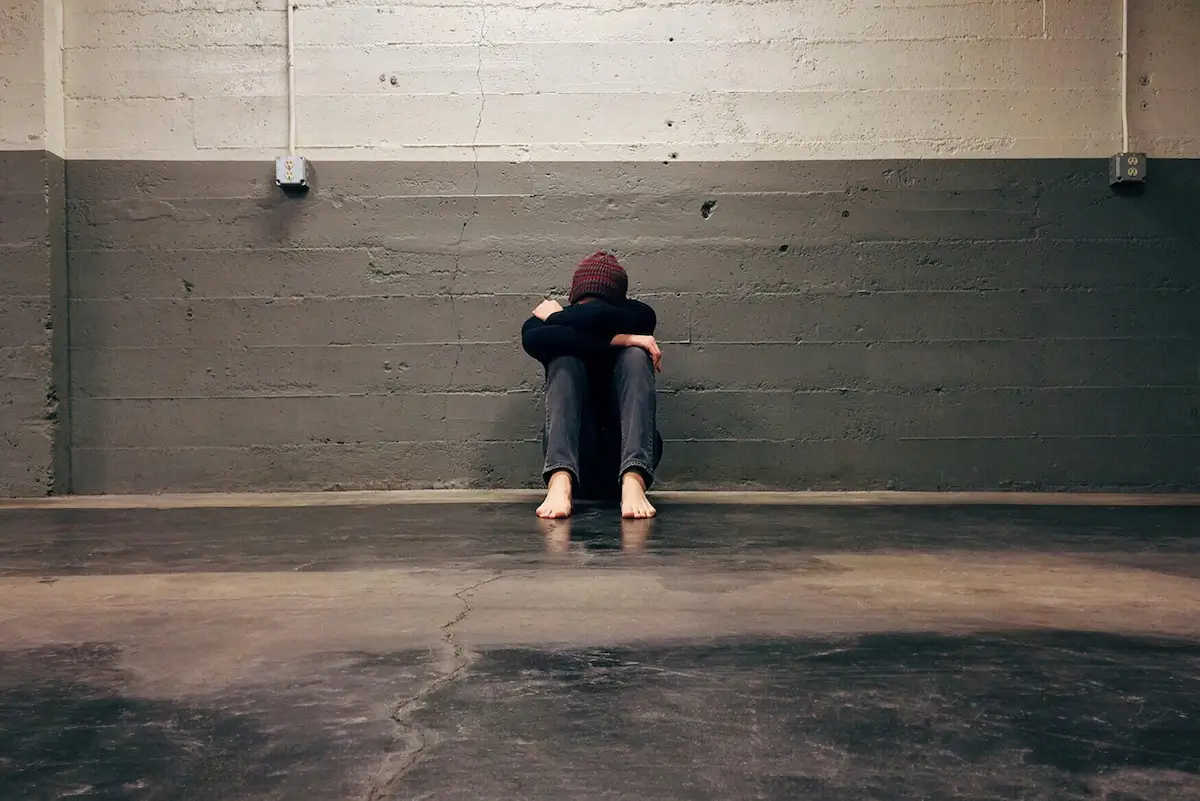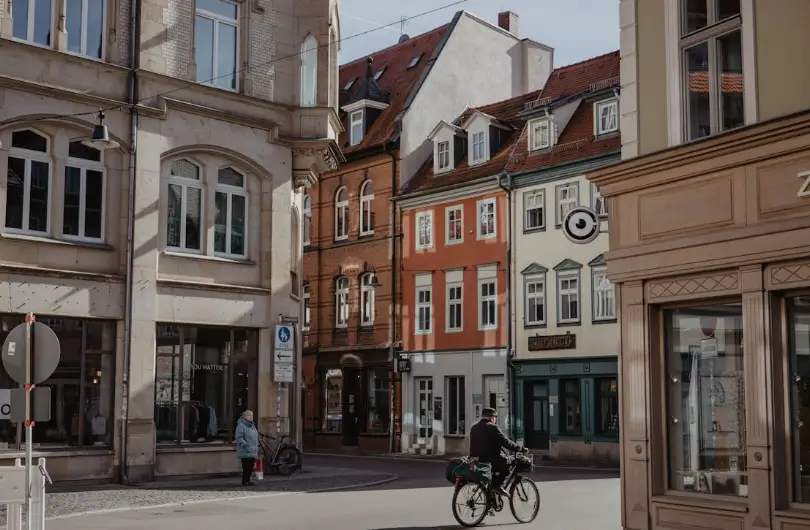We talk about developing land as if it were waiting for us to show up.
To give it purpose.
To make it something.
But the land was already something.
It had texture, rhythm, memory.
Before the survey stakes and plat maps, there were stories written in the curve of a riverbank, the bend of a tree, the slow way fog collects in the same low spot every morning. Every hill remembers what water once shaped it. Every root remembers where the light used to fall.
We drain wetlands and call it progress.
We flatten ridges and call it efficient.
We pave ravines, straighten creeks, and are somehow shocked when the water insists on returning to its path.
Every plan, every rezone, begins with a quiet assumption: that nature can be rearranged like furniture. But nature is not furniture. Far from it.
Yet the land remembers.
Even after the bulldozers leave, the outline of what once lived there lingers, rivers that still try to run under parking lots, roots that split concrete, stormwater ponds that mimic the wetlands they replaced.
We like to think that we are conquering the earth...but were not. We’re merely editing it...badly.
I once walked a forgotten field behind a shopping center, one of those tracts developers leave when they can’t quite fit another building pad. The grass was waist-high, golden in the afternoon sun. From a distance, it looked lifeless. But when you stood still, you could hear it breathing.
Crickets. Wind. A low rustle of things returning.
That patch of land had healed itself faster than we ever could have planned it. In that moment you could argue it was an eye sore...but was it?
Conservation isn’t some failed attempt at nostalgia. Conservation is humility in practice.
It’s asking permission before we move the soil. It’s looking at a floodplain and saying, maybe the water knows better than we do.
You can’t fake conservation with buffers or green strips.
You can’t offset it with a “low-impact” logo or a marketing brochure that says eco-friendly. Eco-friendly to who exactly?
Conservation is restraint. It’s saying no to something profitable because something priceless is already there.
The funny thing is, nature doesn’t hold grudges. It should...but it doesn't.
It just waits.
You’ve seen it, grass pushing through asphalt, a culvert swallowed by vines, a half-collapsed parking lot sprouting saplings. The city calls it neglect. The land calls it recovery.
Sometimes I think conservation isn’t about saving nature; it’s more about saving our ability to notice it.
When I walk trails cut through old subdivisions, I can still see the bones of the past: crumbling curbs, bits of rebar, shards of tile from homes that didn’t last. The forest moved back in, quietly forgiving us. The sound of cicadas filled the empty lots like applause. But how many time must we be forgiven? Seventy times seven maybe?
Most of what we call growth is temporary anyway.
The shopping centers fade. The roads crack. The big box stores empty, leaving hollow shells for the next wave of “progress.”
But the land waits underneath it all, patient, persistent.
Give it fifty years, and the soil will take back what we borrowed.
That’s why conservation matters.
Not because we’re preserving scenery, but because we’re preserving sanity.
When we save land, we save balance. We leave room for water to breathe, for animals to migrate, for air to cool, for us to remember that we’re guests here not owners.
Sometimes I wonder what planning would look like if we started every site plan with silence.
If instead of drawing the boundary lines first, we walked the land and listened, noticed where the soil is damp, where the wind shifts, where the ground feels alive under our feet.
What if every plan started with, what would happen if we did nothing here?
What would happen if we let the land speak first? It may sound a bit crazy. But have you ever been in nature and just stopped? Listened, breathed. If you have, then you know what I'm talking about.
Cities could build with that kind of memory in mind.
Zoning could honor it.
Design could work with it, not over it.
But that would require us to see value in patience, and patience doesn’t fit neatly in a project timeline. Or in the will of the land borrower(s) for that matter.
I think about that field behind the shopping center sometimes.
It’s gone now. Leveled for a warehouse that promised jobs and tax revenue.
But when it rains, I know the earth still remembers. The slope where the water pools is the same one that once caught the morning light. And I imagine, years from now, when the asphalt cracks and the edges crumble, grass will return again. Because the land doesn’t forget. It just waits. Forgives. And keeps on forgiving.
%20(1200%20x%20237%20px)%20(300%20x%2059%20px).webp)


.webp)


